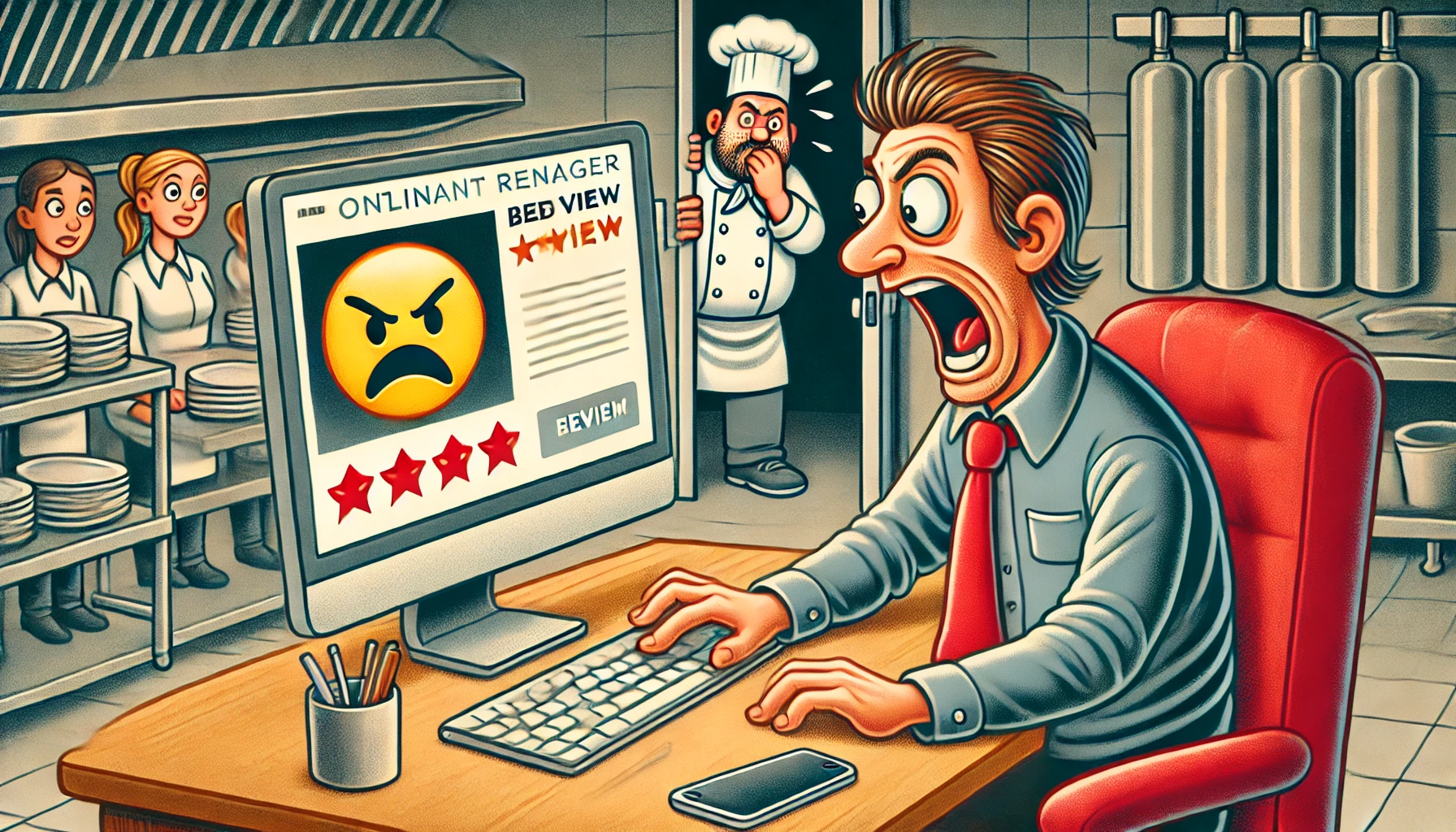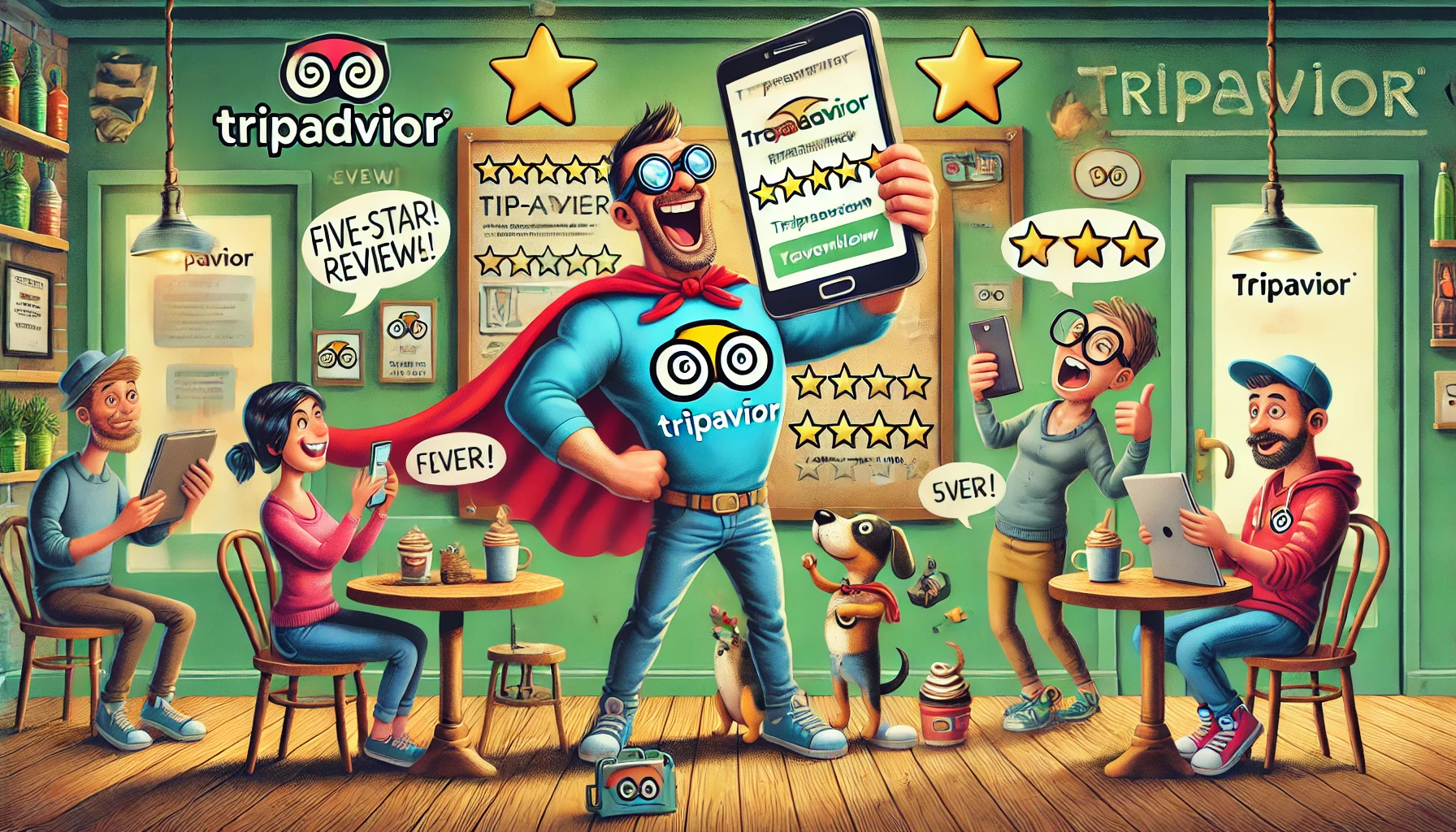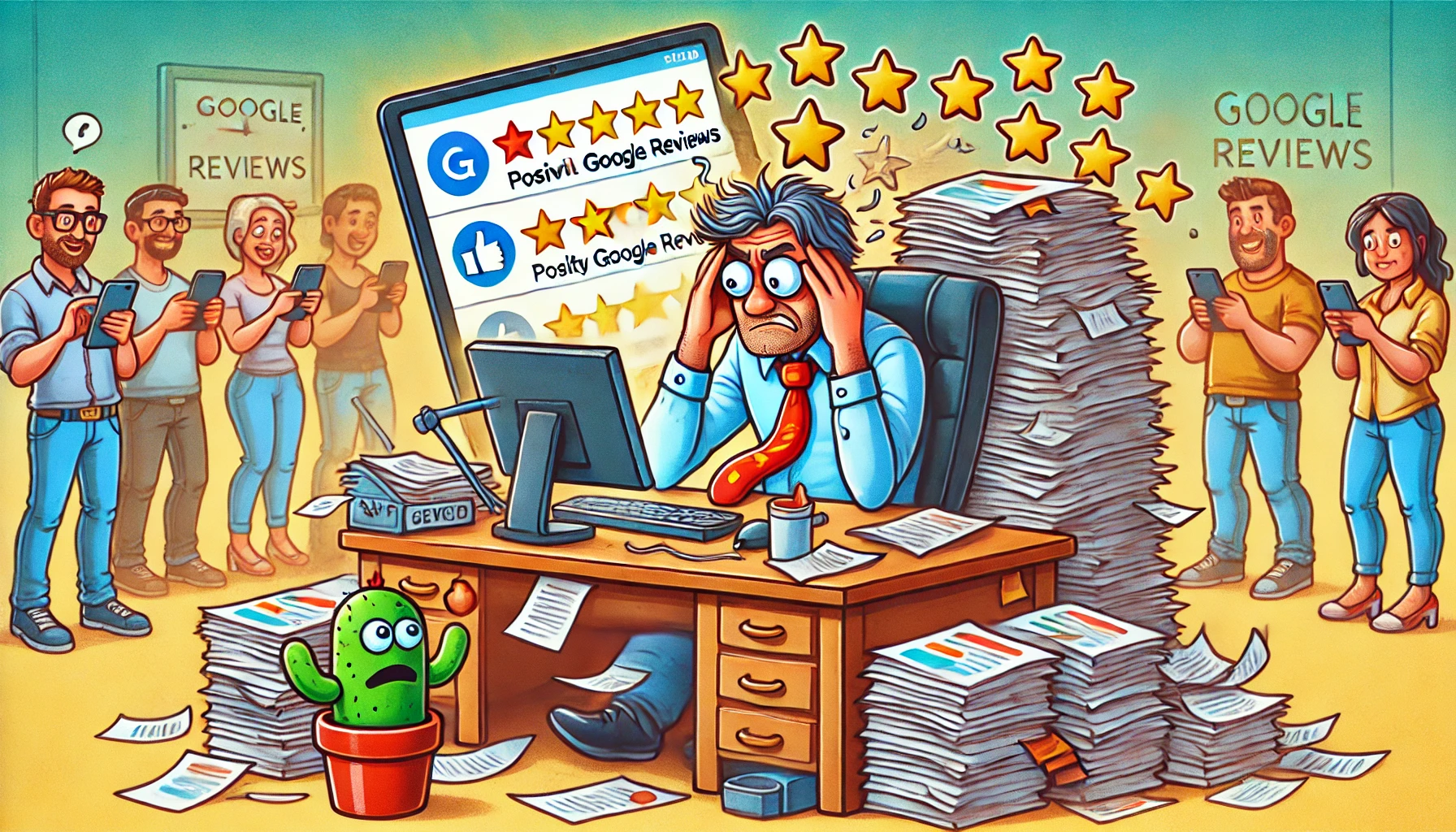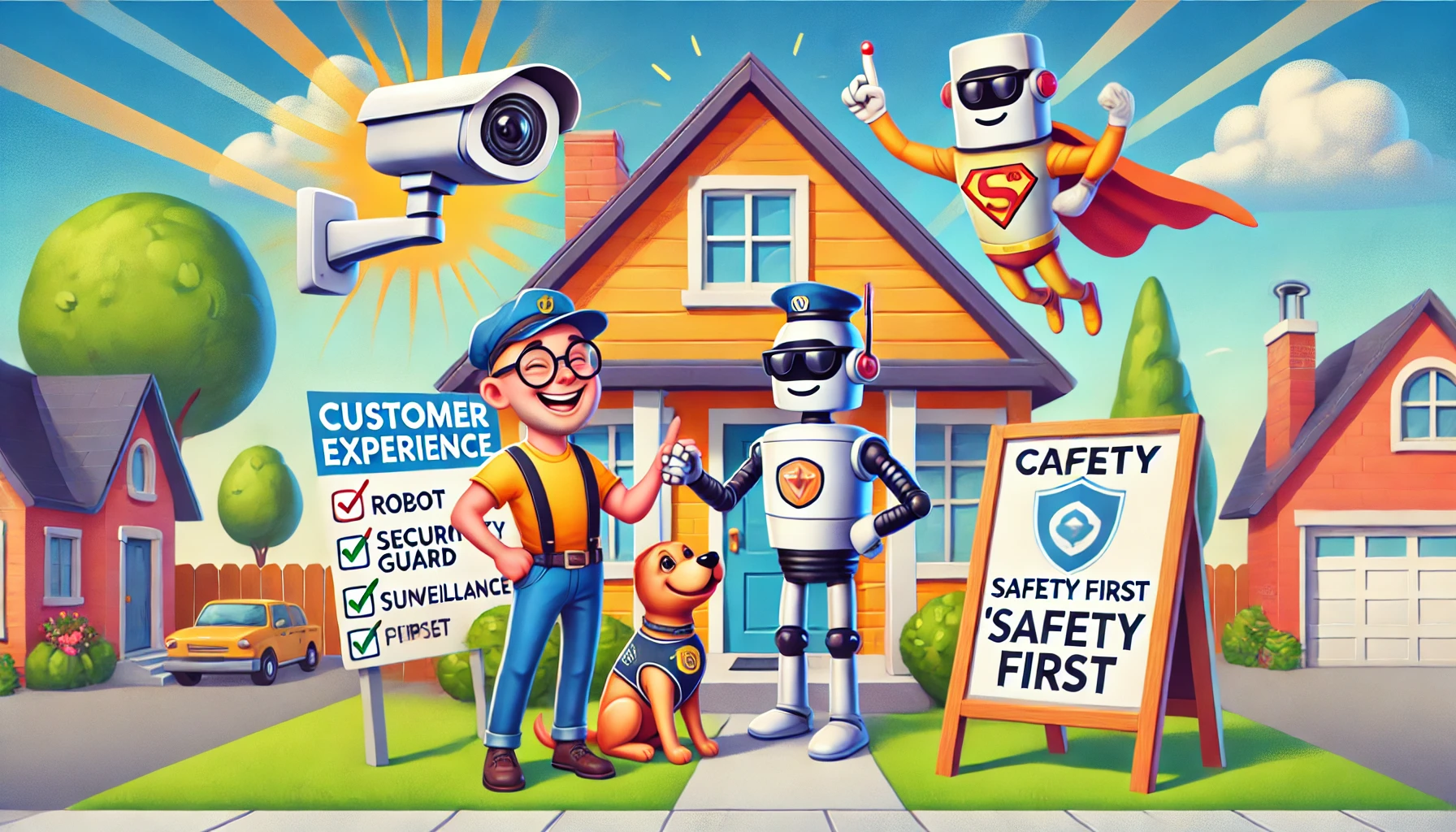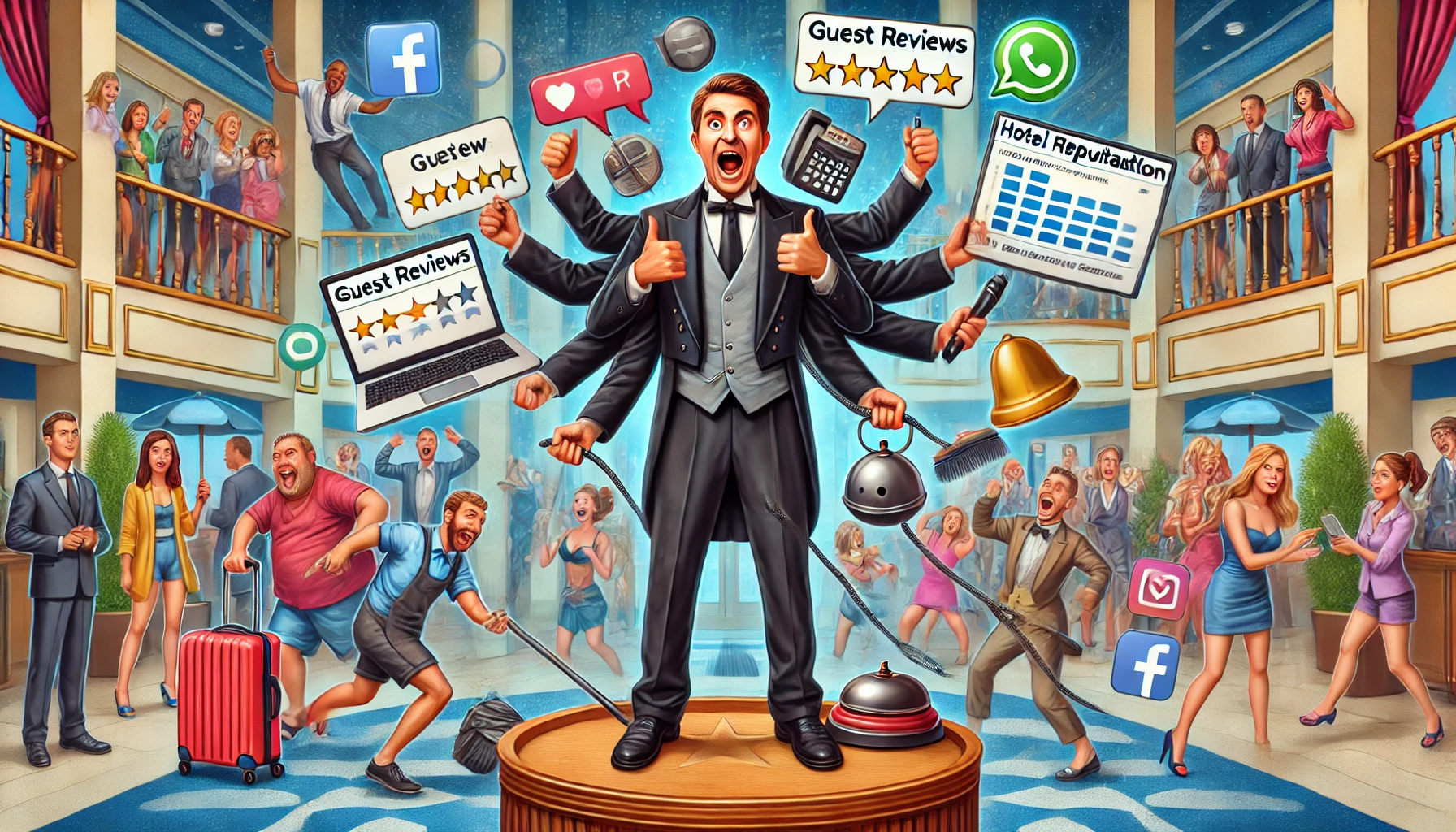Customer follow-ups: boost retention and sales
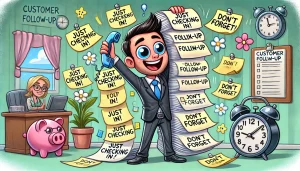
Every business recognizes the necessity of follow-up engagement, yet many small enterprises struggle with implementing it effectively. The common hurdles include its time-consuming nature, repetitive tasks, the likelihood of being ignored, and the challenge of managing multiple communication channels like email, SMS, snail mail, and voice.
It’s crucial to acknowledge that while 60% of customers may initially decline four times before finally agreeing, a staggering 48% of sales representatives never attempt even a single follow-up. This gap highlights a significant opportunity for enhancing customer engagement and potentially increasing sales conversions.
Defining customer follow-up
What is customer follow-up?
Customer follow-up involves contacting customers after they have made a purchase to gauge their satisfaction and gather feedback. This process is essential for understanding customer needs, improving products and services, and enhancing the overall purchasing experience.
Effective follow-up can lead to increased customer loyalty and more refined business strategies.
Key benefits of following up with customers
Enhancing customer experience and satisfaction
Following up with customers demonstrates care and commitment, potentially transforming a one-time buyer into a loyal patron. It also allows businesses to address any issues promptly, often before they escalate into more significant problems.
For customers who have had less than stellar experiences, a follow-up provides an opportunity for businesses to apologize and make amends, which can significantly improve the perception of the brand.
Methods and strategies for effective customer follow-ups
Choosing the right follow-up methods
Selecting appropriate channels:
Phone calls/texts: Offer a personal touch and immediate feedback.
Mail/email: While less interactive, they provide a formal way to express care and attention.
Social media: Encourages public interaction and can boost visibility and engagement.
Customer portals: These provide a continuous line of communication and a personalized experience for feedback and support.
Businesses should avoid simple yes/no questions in favor of open-ended ones to gain meaningful insights from customers about their experiences.
Developing a robust customer follow-up system
Framework for a better customer follow-up system
To avoid lost business and negative reviews, setting up a proactive customer follow-up system is crucial. Here’s a concise guide to establishing this system:
Set smart goals: Define specific, measurable, attainable, realistic, and timely objectives for what you hope to achieve with your follow-up efforts.
Re-evaluate your tech stack: Ensure you have the necessary tools to support your follow-up system. This might include CRM software, task management tools, and business communication platforms.
Identify essential contact properties: Determine the critical information needed about each customer to provide a tailored and seamless experience without repeated information requests.
Establish clear processes for ownership: Assign specific team members to handle follow-ups, ensuring accountability and continuity in customer interactions.
Define follow-up timings and protocols: Document optimal times for follow-ups and establish guidelines for the types of interactions that require follow-up.
This structured approach not only streamlines the follow-up process but also enhances the overall effectiveness of customer interaction strategies, leading to better customer retention and satisfaction.
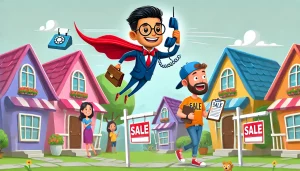
Essential tactics for effective follow-ups
Follow-up with those who declined your services
If you’ve received a “No” from a potential client, there’s little more to lose. Check in with them one or two months later to ensure they had a positive experience with their selected service provider.
A respectful approach would be, “I’m sure you made an excellent decision with whoever you trusted with your project, but on the off-chance that you were less than satisfied, I just wanted to check in with you to see if there was anything I could do to be of service.”
Use email, text, or phone for your initial outreach, and follow up with a postcard if you don’t hear back within 30 days. ResponsiBidders report this method as shockingly effective.
First, request a review, then a referral
After confirming that a customer is satisfied and willing to praise your service, it’s logical to encourage them to share their experience on social media and inform you if any of their friends desire a similar experience.
A suggested script could be, “I really appreciate your kind words! If you decide to share that experience on social media, be sure to tag us in it because I’m sure it will get lots of comments as most people tend to have a frustrating experience with their __________ provider.”
This approach can effectively turn your customers into your promoters.
Use the ‘3 person conversation’ strategy for tentative customers
Overloading a hesitant customer with emails or texts can be overwhelming. Managing communication flow effectively can be challenging. An effective method is to involve multiple team members in the communication thread. For instance:
Email 1
“Hi, I’m Johnny. I just wanted to get you a copy of your proposal and would love to serve you. Let me know if you have any questions.”
Email 2
“Hi, I’m Sally! I work with Johnny and he said that he reached out to you a couple of days ago with a copy of the proposal, but I wanted to introduce myself as the company scheduler. If you have any questions I could answer them. I look forward to talking to you. He told me about your project and it sounds really great!”
Email 3
“Hi there! Johnny again. I’m not sure if Sally reached out to you yet, but she seemed really excited when I told her about your project and thought I would send over her phone number as she does the scheduling, but feel free to let me know if you have any questions about our proposal.”
This technique keeps the conversation flowing smoothly and engages the customer from multiple angles.
Utilize texting cautiously to initiate conversations
While email inboxes are often flooded with unwanted messages, texting remains a more personal form of communication. Therefore, it is crucial to keep texts short, personal, and unspammy to avoid being blocked.
Text only when a customer has opted in, and ensure that automated messages do not appear robotic or overly formal. A simple, direct text example would be, “Hi James! I know you’re busy so I thought I’d text you real quick to see if you had time to talk later today. I look forward to chatting!”
By implementing these practices, businesses can significantly improve their follow-up efforts, thereby enhancing customer relationships and loyalty. At ResponsiBid, we’ve identified numerous strategies to automate and personalize follow-ups after a job, which have proven highly successful for businesses that adopt them.
By taking a structured and thoughtful approach to follow-up, businesses can turn tentative customers into loyal promoters, ultimately maximizing the lifecycle value of their customers.
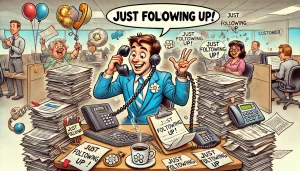
Numbers and facts
Customer retention
According to a study by Bain & Company, increasing customer retention rates by 5% increases profits by 25% to 95%.
Regular follow-ups keep customers engaged and loyal to the brand, reducing the likelihood of churn.
Customer satisfaction
A survey by HubSpot found that 93% of customers are likely to make repeat purchases with companies that offer excellent customer service.
Follow-ups show that the business values the customer’s experience, which can significantly boost satisfaction and trust.
Sales conversion
Marketing Metrics states that the probability of selling to an existing customer is 60-70%, while the probability of selling to a new prospect is 5-20%.
Follow-ups can convert hesitant buyers into actual customers, leveraging the existing relationship.
Best practices for customer follow-ups
Timely follow-up
According to InsideSales.com, 35-50% of sales go to the vendor that responds first.
Follow up within 24-48 hours of initial contact to keep the customer engaged and interested.
Personalization
Epsilon research indicates that 80% of consumers are more likely to do business with a company if it offers personalized experiences.
Use customer data to personalize follow-up messages, addressing specific needs or previous interactions.
Multi-channel approach
A study by Forrester found that companies with strong omni-channel strategies retain 89% of their customers, compared to 33% for companies with weak strategies.
Utilize various channels such as email, phone calls, social media, and SMS to reach out to customers, ensuring consistent and coherent communication.
Feedback collection
According to Gartner, 82% of companies agree that retention is cheaper than acquisition, yet only 16% prioritize customer feedback.
Regularly ask for customer feedback after interactions to understand their needs better and improve service quality.
Automated follow-ups
McKinsey reports that companies implementing AI-driven customer service solutions see a 10-15% improvement in customer satisfaction.
Implement automated follow-up systems for routine interactions, freeing up time for personalized, high-touch follow-ups where necessary.
Case studies
Amazon
Amazon’s automated follow-up system includes order confirmations, shipping notifications, and post-purchase follow-ups asking for feedback.
This strategy has contributed to Amazon’s high customer satisfaction and retention rates, with a customer retention rate estimated at around 90%.
Zappos
Zappos is known for its exceptional customer service, including personalized follow-ups and handwritten thank-you notes.
Zappos has a 75% repeat customer rate, showcasing the effectiveness of personalized follow-up strategies.
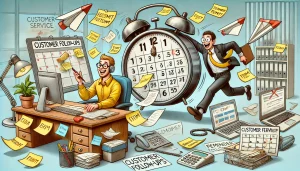
Expert opinions on things about customer follow-ups that you need to be doing
James Carter, Sales strategist “Timing is crucial in customer follow-ups. Ideally, you should follow up within 24 hours of the initial contact. This window keeps the conversation fresh in the customer’s mind and demonstrates your eagerness to assist them.”
Michael Brown, Sales enablement director “A multi-channel follow-up strategy is essential. Don’t rely solely on email; use phone calls, text messages, and social media to reach out. Different customers prefer different channels, and meeting them where they are can increase your response rates.”
Brian Wilson, E-commerce specialist “Don’t underestimate the power of a thank-you follow-up. Sending a simple thank-you note after a purchase can build goodwill and encourage repeat business. It’s a small gesture that can have a big impact on customer loyalty.”

 9 min
9 min 
